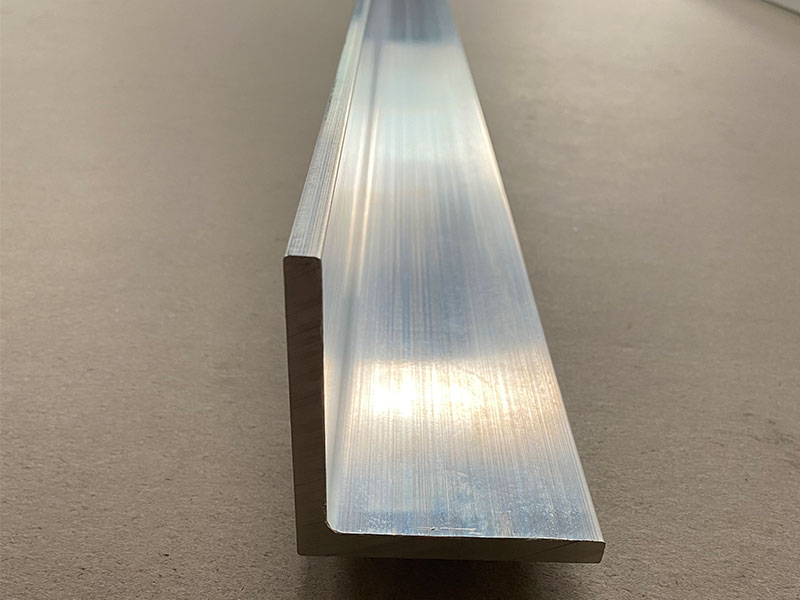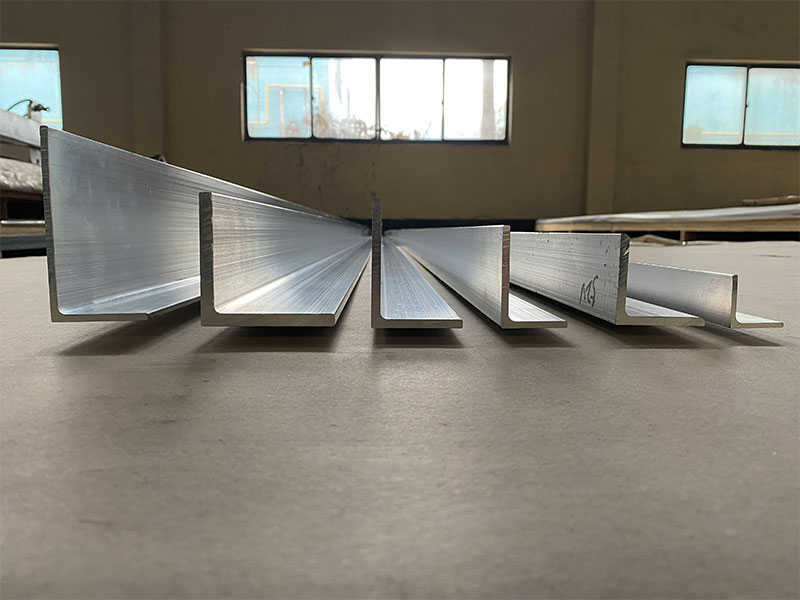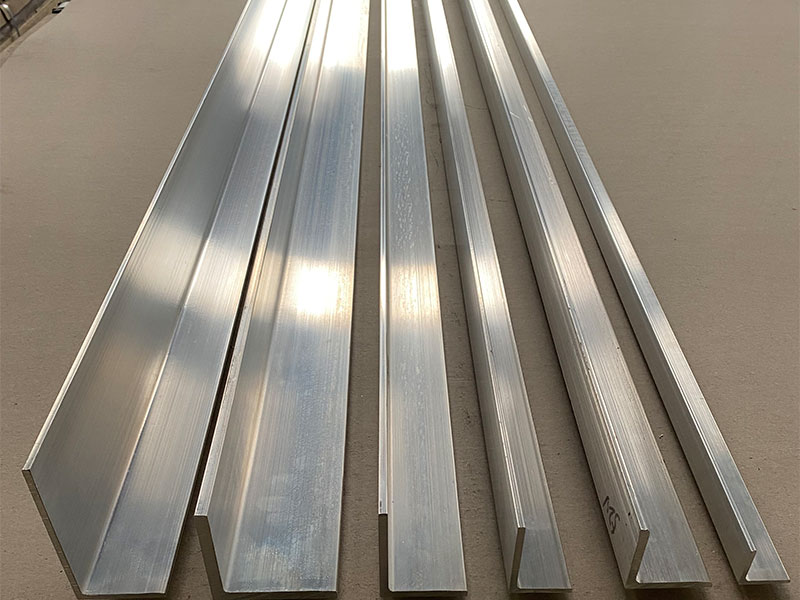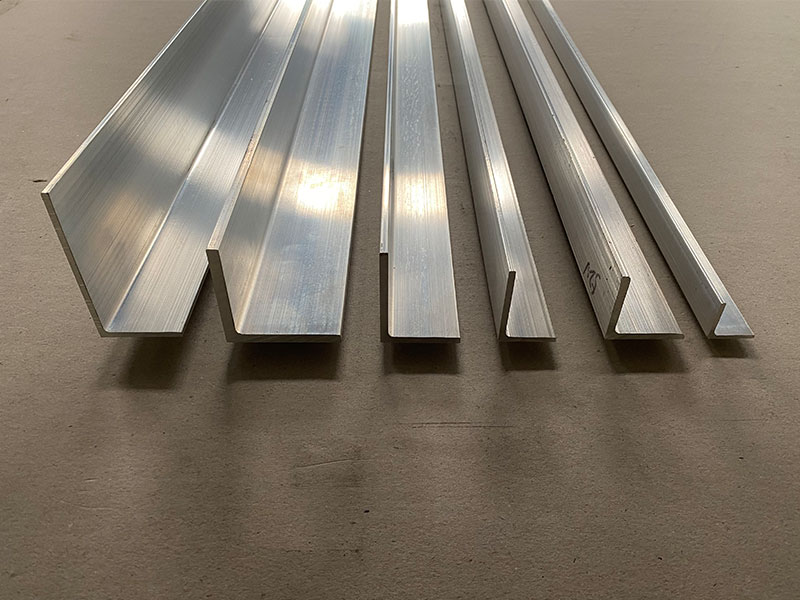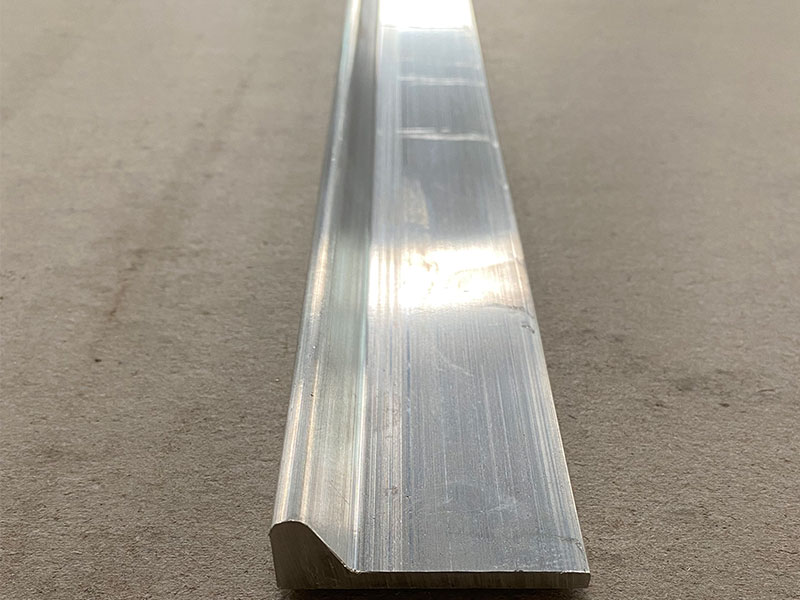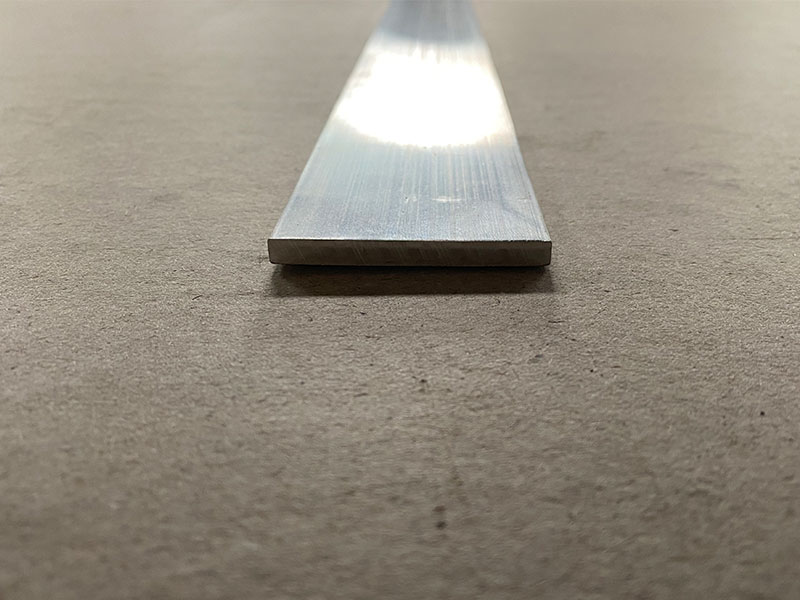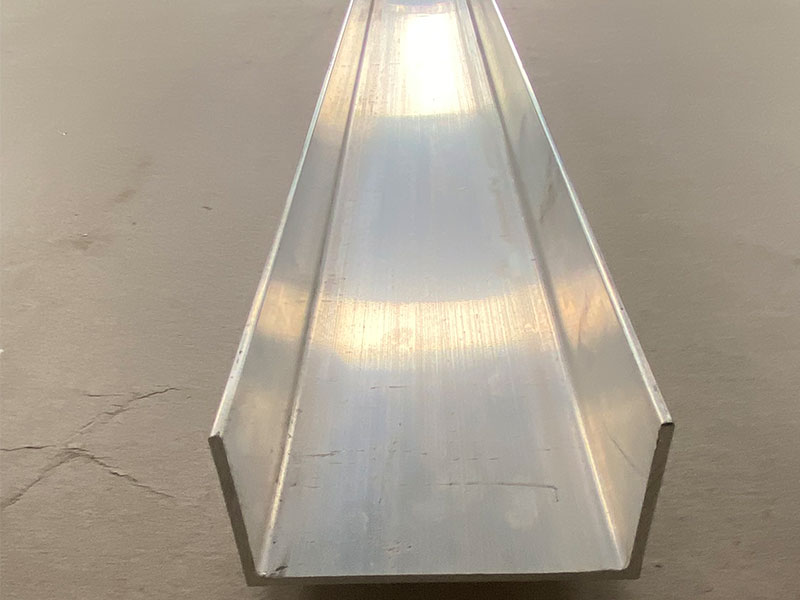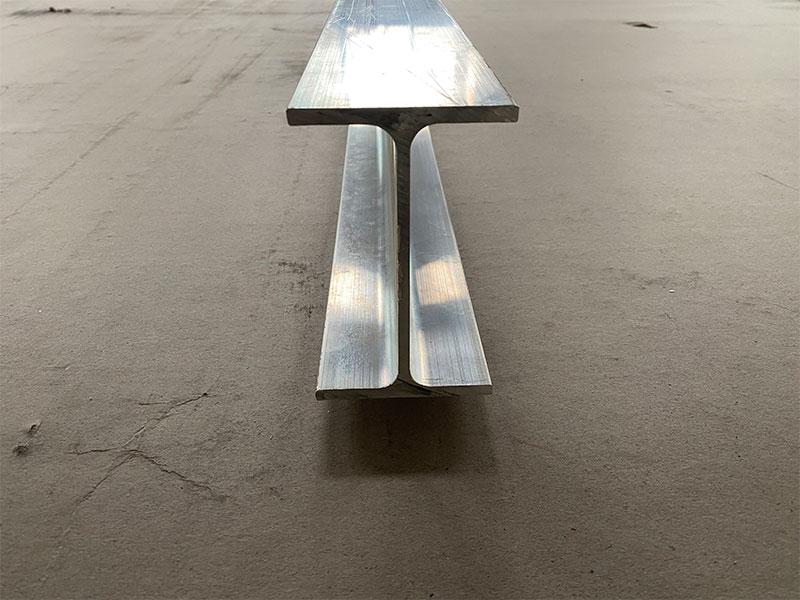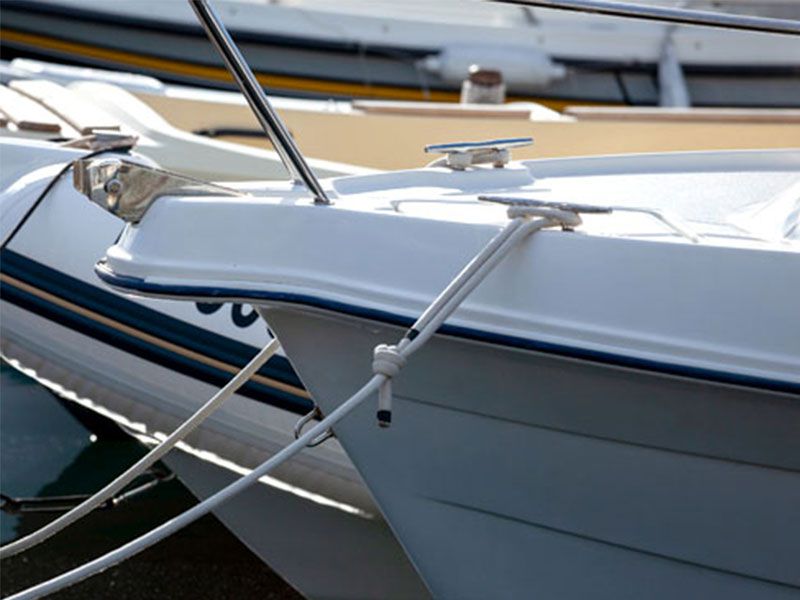Marine Aluminum Angles are specially designed aluminum structural sections manufactured from marine-grade alloys, providing a durable, lightweight, and corrosion-resistant solution for a wide range of marine and offshore applications. These versatile angle profiles combine the fundamental benefits of aluminum with enhanced features tailored to succeed in the harsh saltwater environment, making them indispensable components in shipbuilding, offshore platforms, coastal infrastructure, and marine engineering.
Marine Aluminum Angles are L-shaped cross-sectional aluminum profiles produced from marine-grade aluminum alloys such as 5083, 5052, and 6061. These alloys possess superior corrosion resistance against saltwater exposure, combined with high strength-to-weight ratios, which make the angles ideal for structural, framing, and support applications aboard ships, offshore facilities, and coastal installations.
Fabricated through precise extrusion or rolling processes, marine aluminum angles maintain dimensional accuracy, uniform thickness, and excellent surface quality. Available in various sizes and thicknesses, these angles offer great flexibility for custom marine fabrication and engineering projects.
Features and Benefits
| Feature | Description | Benefit |
|---|---|---|
| Marine-Grade Aluminum Alloys | Typically 5xxx series (5083, 5052) or 6xxx series (6061), known for exceptional saltwater resistance | Long-lasting durability in harsh marine environments |
| Lightweight Profile | Approximate density of 2.66 g/cm³; significantly lighter than steel profiles | Easier handling and reduced overall vessel weight |
| High Strength-to-Weight Ratio | Strong enough to support structural loads while maintaining minimal weight | Supports stability and structural integrity without excessive mass |
| Excellent Corrosion Resistance | Natural oxide layer and alloy chemistry resist pitting, crevice, and galvanic corrosion | Minimizes maintenance and replacement costs |
| Versatile Dimensions | Available in multiple leg lengths, thicknesses, and lengths to suit diverse marine builds | Customizable to project specifications and load requirements |
| Fabrication Flexibility | Easily cut, drilled, welded, and formed | Facilitates rapid installation and modification on site |
| Non-Magnetic and Non-Toxic | Suitable for sensitive marine electronics and potable water applications | Ensures safety and compatibility with specialized marine systems |
Common Marine-Grade Aluminum Alloys Used in Angles
| Alloy | Typical Composition Characteristics | Key Attributes |
|---|---|---|
| 5083 | Mg 4.0-4.9%, Mn 0.4-1.0%, Cr 0.05-0.25% | Exceptional corrosion resistance and medium strength |
| 5052 | Mg 2.2-2.8%, Cr 0.15-0.35% | Excellent formability and corrosion resistance |
| 6061 | Mg 0.8-1.2%, Si 0.4-0.8%, Cr 0.04-0.35%, Cu 0.15-0.4% | Greater strength and good corrosion resistance with anodizing option |
Mechanical Properties (Typical Values)
| Property | 5083-H321 | 5052-H32 | 6061-T6 |
|---|---|---|---|
| Tensile Strength (MPa) | 300 – 350 | 228 – 271 | 310 – 350 |
| Yield Strength (MPa) | 145 – 215 | 103 – 138 | 270 – 300 |
| Elongation (%) | 10 – 18 | 10 – 15 | 8 – 12 |
| Density (g/cm³) | 2.66 | 2.68 | 2.70 |
Manufacturing and Surface Finishes
Extrusion or Rolling: Aluminum angles are commonly produced by extrusion for precise cross-sections or by hot rolling for thicker profiles.
Surface Finishes: Mill finish is standard; anodizing, powder coating, or painting optional for enhanced corrosion resistance and aesthetics.
Lengths and Sizes: Typically available in standard lengths of 6m or 12m; cut-to-size options offered. Leg lengths commonly range from 20 mm to 150 mm with thicknesses from 2 mm to 12 mm or more.
Typical Marine Applications
Structural framing and support for ship superstructures and hull reinforcements
Deck stringers, handrails, and ladder frames on vessels and offshore platforms
Brackets, gussets, and mounting supports for marine equipment
Walkway supports, gangway frames, and catwalk structures
Coastal construction elements such as piers, docks, and bridges
Enclosures and housing for marine electrical and navigation systems
Advantages Over Traditional Materials
| Criterion | Marine Aluminum Angles | Steel Angles | Stainless Steel Angles |
|---|---|---|---|
| Corrosion Resistance | Excellent, especially in seawater | Poor without coatings | Excellent but heavier and costlier |
| Weight | Light (~2.66 g/cm³) | Heavy (~7.85 g/cm³) | Heavy (~7.7-8.0 g/cm³) |
| Maintenance | Low | High, requires frequent upkeep | Medium, but resistant |
| Fabrication Ease | Easy to cut, weld, and form | Moderate, requires special tools | Difficult & expensive |
| Cost | Moderate | Low but lifecycle costs higher | High initial cost |
Maintenance Tips
Regular Cleaning: Wash angles with fresh water to remove salt and contaminants.
Inspect Surfaces: Look for physical damage or signs of corrosion, especially near joints or welds.
Avoid Abrasive Tools: Use mild detergents and soft cloths to maintain surface integrity.
Touch-Up Coatings: Apply protective coatings or anodizing as necessary to extend service life (especially in highly corrosive zones).
Marine Aluminum Angles deliver a high-performance, corrosion-resistant, and lightweight solution uniquely suited for structural and support applications in marine and offshore environments. Their combination of durability, strength, and fabrication flexibility makes them an essential component for shipbuilders, offshore engineers, and coastal architects who demand reliability and efficiency in saltwater conditions.
For customized sizes, alloy types, and fabrication services, please contact our sales and technical support team for expert assistance in selecting the perfect marine aluminum angle for your project.

